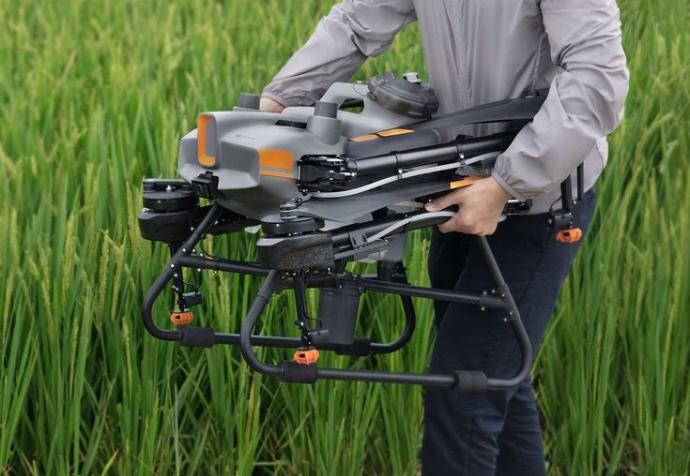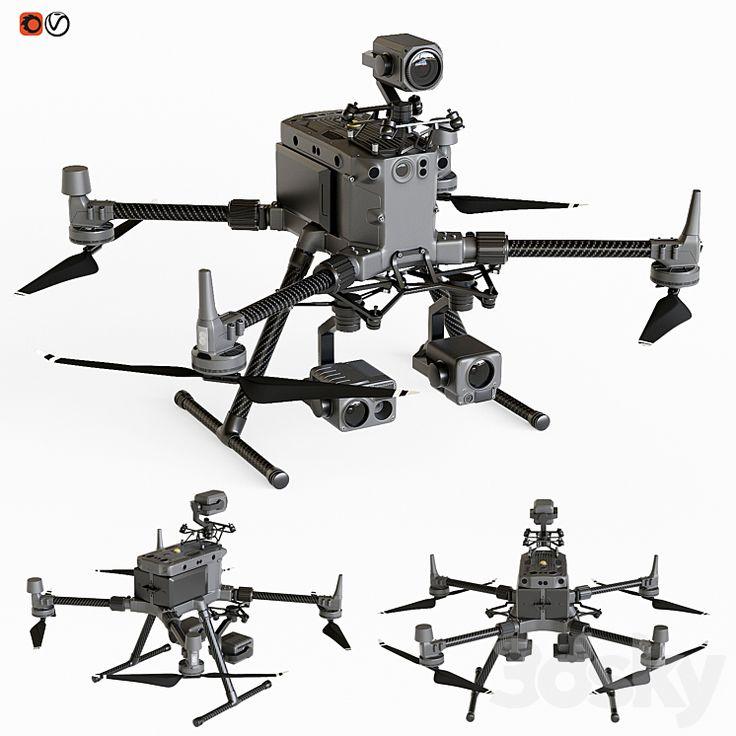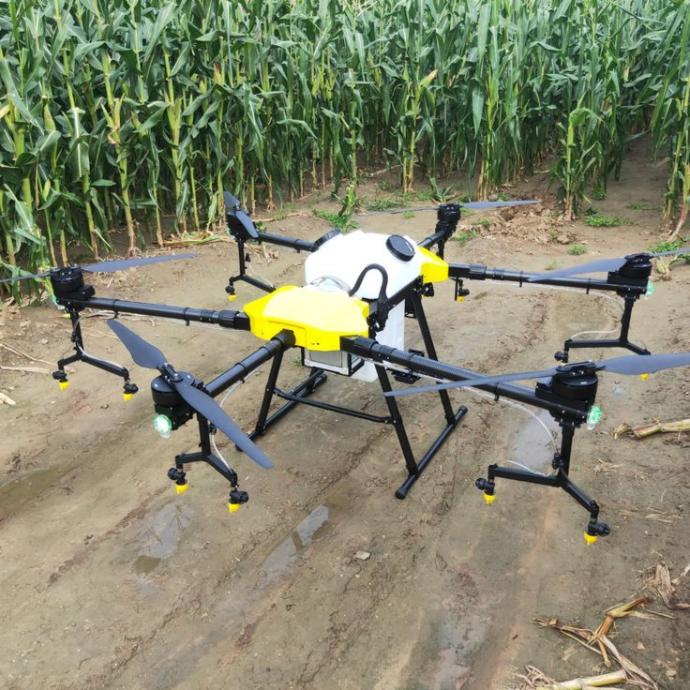Imagine having a bird’s-eye view of your farm at all times—monitoring crops, detecting pests, and even spraying fertilizers with pinpoint accuracy. Sounds futuristic? Well, agriculture drones are turning this vision into reality!
With the rise of smart farming, drones are no longer a luxury but a necessity for farmers looking to maximize productivity while minimizing costs. However, not all drones are created equal—choosing the wrong one could mean wasted money, poor results, or even damage to your crops.
Before investing in an agriculture drone, it’s crucial to conduct a feasibility study. This means assessing your farm’s size, crop type, terrain, and specific needs to find the perfect drone for the job. A well-chosen drone can boost yields, reduce labor, and improve efficiency, while a poor choice could leave you frustrated and out of pocket.
Here, we’ll walk you through the key factors to consider when selecting the best agriculture drone for your farm, ensuring you make a smart and informed investment. Let’s dive in! Below are some of the factors to consider.
Farm Size and Terrain
Large farms need drones with longer flight times, higher payload capacity, and extended range.
Hilly or uneven terrain requires drones with terrain-following sensors to maintain a consistent altitude.


Type of Agricultural Application
Crop Monitoring & Mapping: Requires multispectral or thermal imaging cameras.
Spraying & Spreading: Needs high payload capacity, precise nozzles, and adjustable spraying rates.
Planting & Seeding: Requires drones with seed dispersal systems.
Connectivity and Remote Control Range
For large farms or farms with tall trees of upto 15metres, a farmer would require a drone with longer Radio Transmission range (5-10km) capabilities. It is better if it is equipped with 4G/5G for uninterrupted connection.
